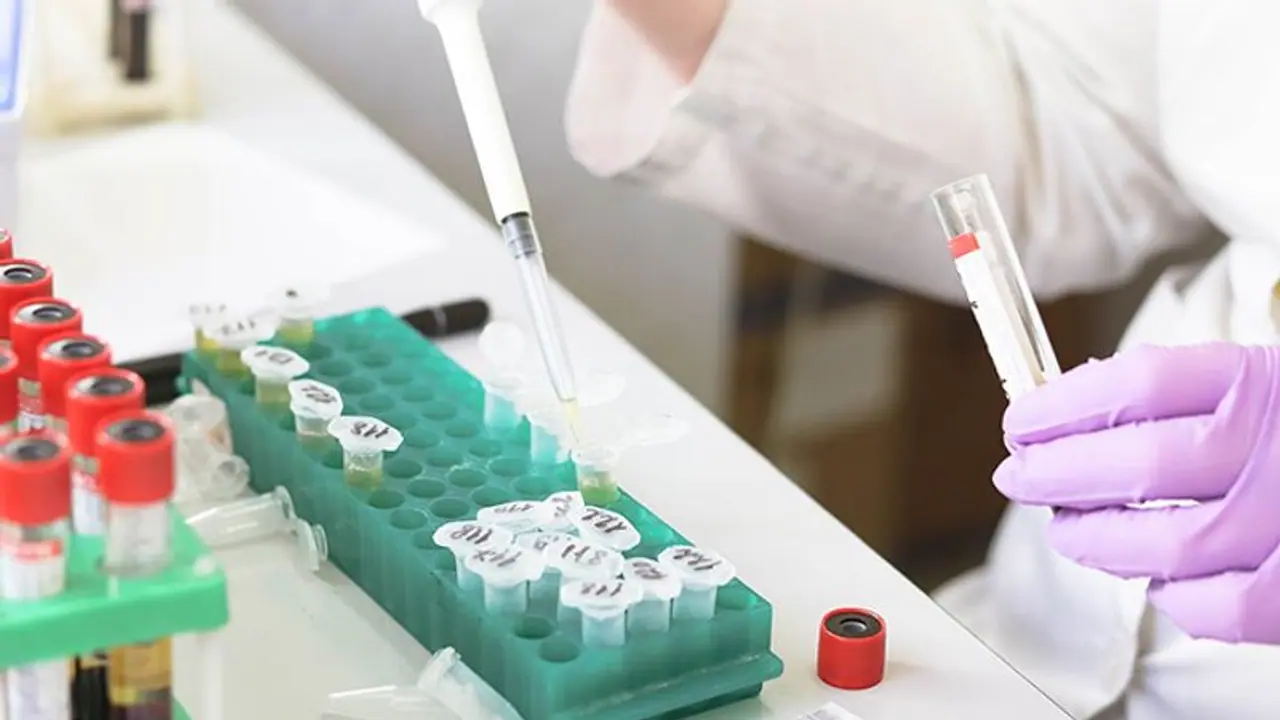In contrast, a stroke happens when there is a disturbance in blood flow to the brain, which may cause cell death and possible long-term damage.
The term "traumatic brain injury" (TBI) describes damage to the brain that occurs as a result of an impact on the skull, a fall, an accident, or an abrupt shock. Brain, emotional, and physical impairments may follow injuries ranging from minor (concussion) to severe (coma or death).
In contrast, a stroke happens when there is a disturbance in blood flow to the brain, which may cause cell death and possible long-term damage. Ischemic strokes and hemorrhagic strokes are two possible causes of this condition. A variety of neurological and motor symptoms, including numbness or paralysis on an affected side, trouble behaving, and memory loss, may be brought on by a stroke. The significance of raising awareness, conducting research related to traumatic brain injury and stroke is crucial.
Thymosin Beta-4 Peptide: What is it?
The naturally occurring peptide Thymosin beta 4 (TB4) is found in many tissues and organs. Studies suggest the 43-amino-acid protein may have a role in cell migration, proliferation, and survival, among other physiological activities.
While TB4's exact mode of action remains a mystery, researchers suspect it may modulate the actions of cells that aid in tissue regeneration and repair. Studies have suggested that TB4 may encourage the movement and growth of numerous cells, including stem cells, and improve their capacity to specialize in certain cell types and incorporate them into injured tissues.
Not only does TB4 seem to aid in tissue healing but also appears to possess anti-inflammatory and anti-apoptotic potential. These imply it may help alleviate inflammation and stop cell death in various illnesses and disorders. Animal studies have purported that TB4 may improve outcomes after a heart attack, stroke, or liver damage; it is also being studied as a possible agent for several ailments, such as those involving wound healing, neurological problems, or cardiovascular disease.
Although the exact ways in which TB4 functions are still under investigation, it is a potential target for future studies due to its potential to enhance cell migration, proliferation, and survival while simultaneously reducing inflammation and preventing cell death.
In addition, TB4's potential to decrease inflammation, avert cell death, and enhance cell migration, proliferation, and survival has led to its investigation as a possible research candidate within the context of traumatic brain injury and stroke. Researchers have speculated that TB4 may lessen the severity of brain damage and enhance functional results in animal models of traumatic brain injury. As an example, research published in the journal "Brain Research" hinted that rats given TB4 after a traumatic brain injury (TBI) appeared to have better behavioral results, less brain cell death, and much less cerebral edema (swelling) than control animals. Researchers in another research published in the "Journal of Neurotrauma" proposed that TB4 may enhance the migration and differentiation of neural stem cells in the brain. This finding might help tissue regeneration and functional recovery after traumatic brain injury.
In a similar vein, TB4 seemed to improve functional outcomes and decrease brain damage in animal models of stroke. Research published in the "Journal of Stroke and Cerebrovascular Diseases" indicated that TB4 may enhance the brain's ability to receive bone marrow-derived stem cells, reducing brain damage and improving functional outcomes after a stroke. Research published in the "Journal of Neurochemistry" suggested that TB4 may have decreased brain levels of oxidative stress and pro-inflammatory cytokines.
Thymosin Beta-4 Peptide and Stroke
When managing stroke, a neurorestorative direction is where things are headed. There is mounting data to suggest that stroke research models have cellular alterations similar to those seen in the early stages of development. The increased expression of developmental proteins in the region around the infarct indicates a proactive reaction to recondition or repair the damage caused by ischemia. Parenchymal cells (e.g., neurons, oligodendrocytes, astrocytes, and endothelial cells) are the intended targets of neurorestorative procedures, which aim to boost functional recovery by enhancing endogenous neurogenesis, angiogenesis, axonal sprouting, and synaptogenesis. In preclinical studies, several interventions have suggested promise in improving functional outcomes after a stroke. These include nitric oxide donors, erythropoietin, statins, and phosphodiesterase 5 inhibitors. Thymosin beta 4 (Tbeta4) has been hypothesized to stimulate vasculogenesis, angiogenesis, and arteriogenesis in the postnatal and adult mouse cardiac myocardium, and it is produced in both the developing and adult brain.
Researchers interested in the highest-quality research peptides for sale online may navigate to the Core Peptides website.
References
[i] Xiong Y, Mahmood A, Meng Y, Zhang Y, Zhang ZG, Morris DC, Chopp M. Treatment of traumatic brain injury with thymosin β₄ in rats. J Neurosurg. 2011 Jan;114(1):102-15. doi: 10.3171/2010.4.JNS10118. Epub 2010 May 21. PMID: 20486893; PMCID: PMC2962722.
[ii] Morris DC, Chopp M, Zhang L, Zhang ZG. Thymosin beta4: a candidate for treatment of stroke? Ann N Y Acad Sci. 2010 Apr;1194:112-7. doi: 10.1111/j.1749-6632.2010.05469.x. PMID: 20536457; PMCID: PMC3146053.
[iii] Xiong Y, Mahmood A, Meng Y, Zhang Y, Zhang ZG, Morris DC, Chopp M. Neuroprotective and neurorestorative effects of thymosin β4 treatment following experimental traumatic brain injury. Ann N Y Acad Sci. 2012 Oct;1270:51-8. doi: 10.1111/j.1749-6632.2012.06683.x. PMID: 23050817; PMCID: PMC3547647.
[iv] Zhang G, Murthy KD, Binti Pare R, Qian Y. Protective effect of Tβ4 on central nervous system tissues and its developmental prospects. European Journal of Inflammation. 2020;18. doi:10.1177/2058739220934559
[v] A. D. Shaghiera, P. Widiyanti, and H. Yusuf, “Synthesis and Characterization of Injectable Hydrogels with Varying Collagen−Chitosan−Thymosin β4 Composition for Myocardial Infarction Therapy,” J. Funct. Biomater., vol. 9, no. 2, p. E33, Apr. 2018, doi: 10.3390/jfb9020033.
Disclaimer: This is a featured content
